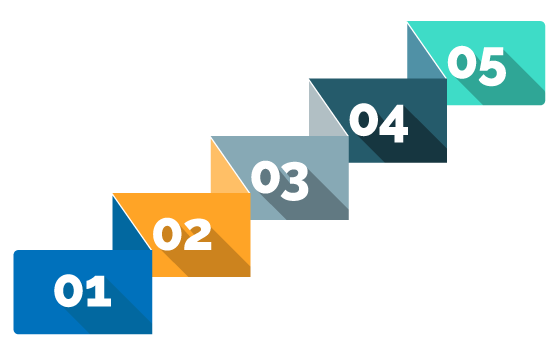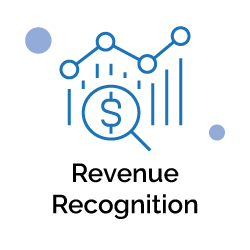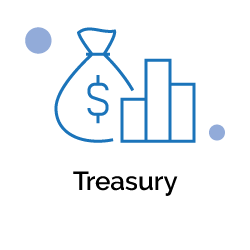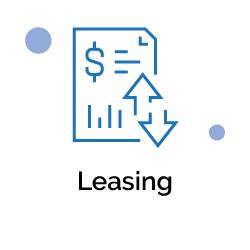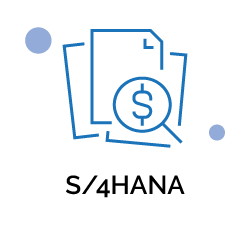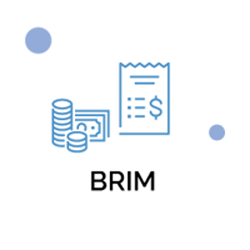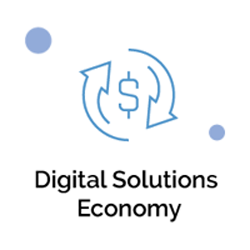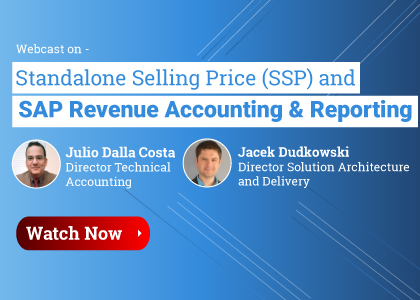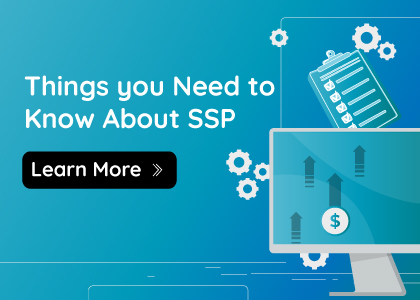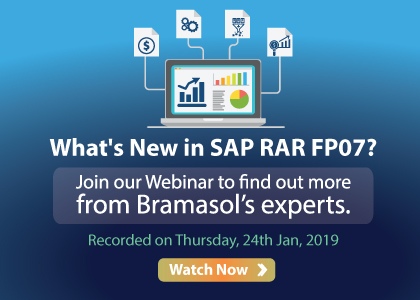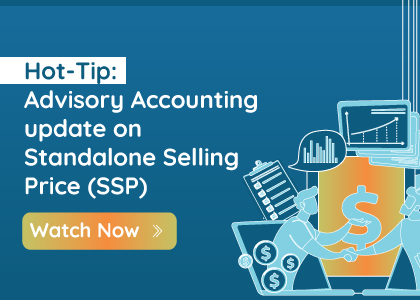The five-step model and the importance of SSP in revenue recognition.
Step 1: Identify the Contract(s) with a Customer The first step of the five-step model is to identify the contract(s) with the customer. A contract is an agreement between two or more parties that creates enforceable rights and obligations. The contract can be written, oral, or implied by the parties’ conduct. Under the new standard, a contract must meet certain criteria, including the identification of the parties, the rights and obligations of the parties, the payment terms, and the existence of commercial substance.
Step 2: Identify the Performance Obligations in the Contract The second step is to identify the performance obligations in the contract. A performance obligation is a promise to transfer a distinct good or service to the customer. Under the new standard, a good or service is distinct if it is separately identifiable from other items in the contract and the customer can benefit from it on its own or in combination with other resources.
Step 3: Determine the Transaction Price The third step is to determine the transaction price, which is the amount of consideration that the seller expects to receive in exchange for transferring the goods or services to the customer. The transaction price can include fixed or variable consideration, such as discounts, rebates, or performance bonuses. The transaction price is also adjusted for the time value of money if the payment terms extend beyond one year.
Step 4: Allocate the Transaction Price to the Performance Obligations in the Contract The fourth step is to allocate the transaction price to the performance obligations in the contract. The allocation is based on the SSP of each distinct good or service. The SSP is the price at which the good or service would be sold separately in the marketplace. If the SSP is not readily determinable, the seller must use an estimation method, such as a cost-plus approach or a residual approach.
Step 5: Recognize Revenue When (or as) the Entity Satisfies a Performance Obligation The fifth and final step is to recognize revenue when (or as) the entity satisfies a performance obligation by transferring control of the goods or services to the customer. Control can be transferred over time, as in the case of long-term service contracts, or at a point in time, as in the case of a sale of a physical product.
The five-step model provides a more comprehensive approach to revenue recognition than the previous standards, which were based on a series of criteria that were often difficult to apply in practice. The new approach emphasizes the importance of understanding the terms of the contract and the nature of the performance obligations in order to accurately recognize revenue.
The Standalone Selling Price (SSP) is a key concept in the new revenue recognition standard. It is used to determine the transaction price and allocate it to the performance obligations in the contract. The SSP must be determined for each distinct good or service, even if it is not sold separately in the marketplace. The SSP is important because it helps ensure that the transaction price is allocated to the performance obligations in a way that reflects their relative standalone values. This, in turn, ensures that revenue is recognized in a way that accurately reflects the seller’s performance under the contract.
In summary, the foundation of the new revenue recognition standard is the five-step model, with the focus on determining the Standalone Selling Price (SSP) of the goods or services being sold. The five-step model provides a framework for recognizing revenue that is consistent across industries and geographies. The SSP is a critical component of the model because it ensures that the transaction price is allocated to the performance obligations in a way that accurately reflects their standalone values.






